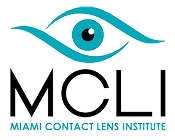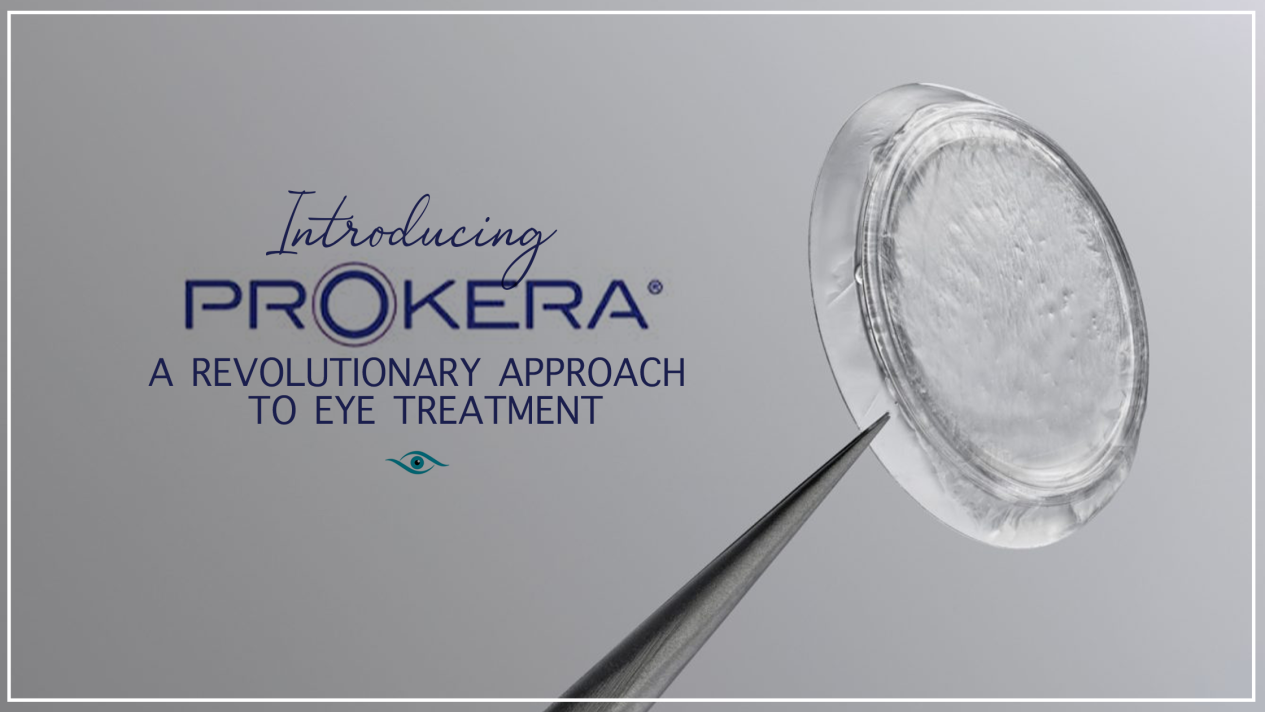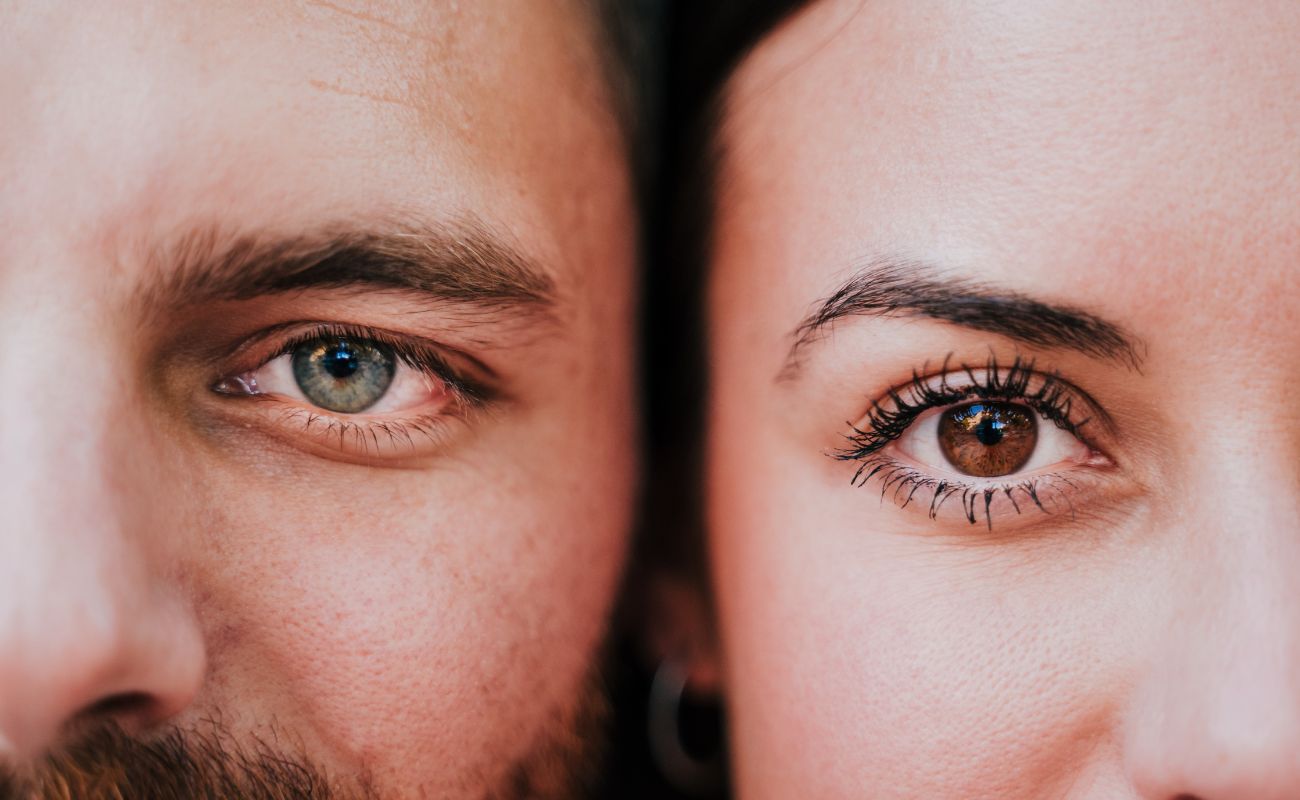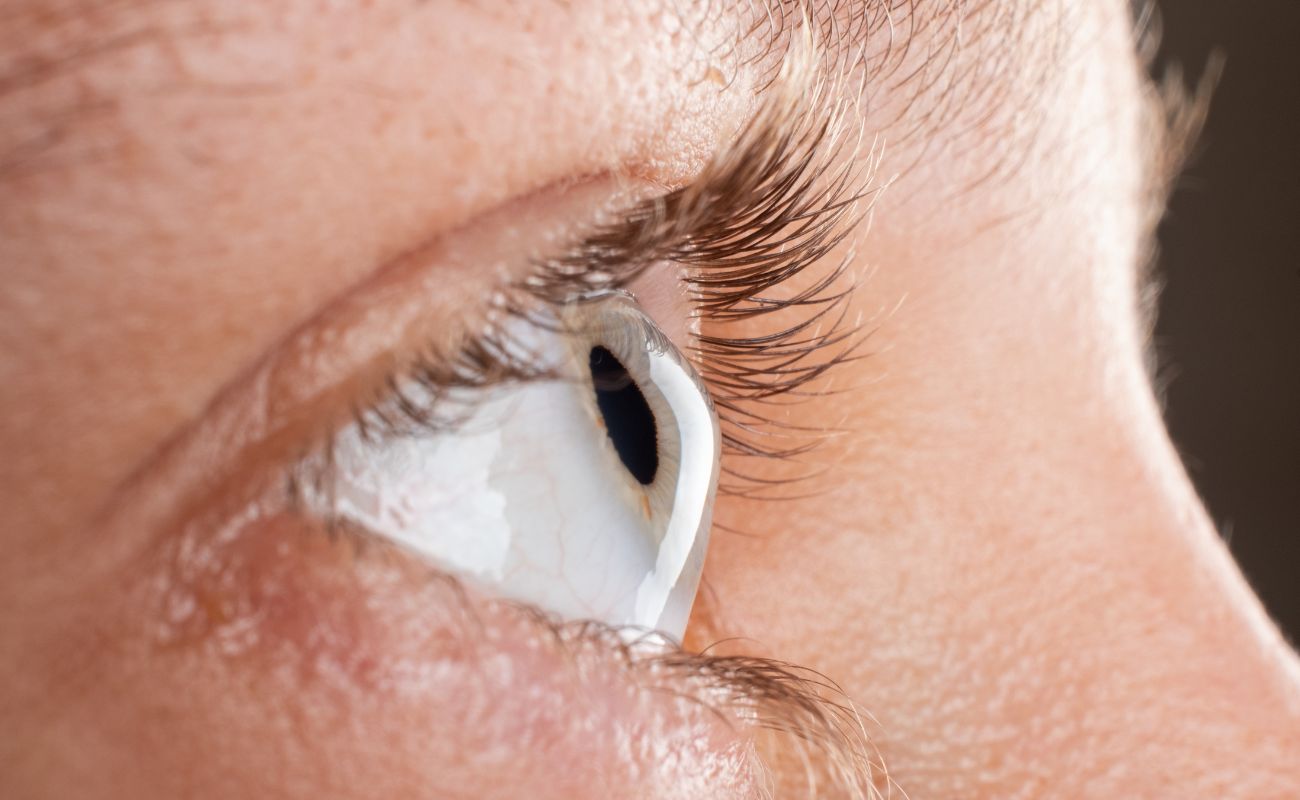Our patients often ask how to care for their scleral lenses while traveling. Protecting your lenses and eyes starts with planning and making time for your daily lens routine. Whether you’re flying internationallyor taking a road trip to another state, it’s in your best interest to be aware of how your lenses will influence your travels. Here are key tips for managing your scleral lenses on the go.
Be Prepared for Any Situation
When packing for a trip, carefully considereach step of your daily scleral lens routine. Create a list of the products you use daily so you can check off each item as you pack. We recommend packing more than you think you’ll need, so you’re covered in case of an emergency or delay. Bring spare lenses if possible, solutions, preservative-free saline solution, and plungers.
If you’ll be away from home for an extended time, pack plenty of saline, as it can be challenging to find the right brandand approved formulations internationally. The saline in your carry-on may leakor get lost, so it’s important to have backups if you’re traveling abroad. Further more, your checked luggage may be delayed or lost, so pack your essentials in your carry on. You can decant a small amount of saline into anapproved travel bottle to keep on hand for emergencies. An approved bottle is asmall, sealed, transparent container that complies with airline liquidrestrictions. It is clearly labeled or identifiable as a medical saline solution for eye care.
Understand Airports and TSA Regulations
Packing large amounts of saline can cause some problems when going through TSA. As most people are aware, you are not allowed to carry liquids over 3.4 oz in your carry-on. If you have no other option, be sure to contact the airport and find out the requirements for a medicale xemption. Your eyecare practitioner can write a letter explaining your condition and the necessity of the saline and/or disinfecting solution.
It can also be helpful to have a screenshot or recording of your conversation with the airport representative in case you encounter challenges. TSA agents often make decisions based on their discretion, so be prepared to explain the purpose of each item in your carry on.
Maintain Hygiene in Public Areas
Hygiene is a fundamental component of scleral lens care. When handling your lenses in a public area, hygeien can be of concern and there may be a higher risk for infection. Creating a travel kit for all your lens care items can make your journey much more comfortable. We recommend a travel-size bottle of saline solution, a plunger, cleaning solution, and a lens case.
Your portable lens care set up should include a small hand soap or soap sheets, hand sanitizer, disinfecting wipes, a lint-free towel, and a mirror. Before you start, wipe down the entire surface with thewipes, then wash your hands thoroughly. Once the area is clean, lay down your towel and set up everything you need.
Next, sanitize your plunger and clean your hands again before removing or inserting your lenses. Try to avoid touching your eyes or contact lenses with your hands whenever possible. It’s best to stick to using your plunger and disinfect it between uses. Maintaining hygiene while travelling is the best way to avoid infections and keep your eyes healthy.
Avoid Complications On Long Travel Days
When planning a trip that involves sleeping over while traveling, be sure to remove your lenses before getting comfortable, just as you would at home. If you have a long-haul flight, it may be beneficial to wear your lenses to the airport and then switch to glasses before takeoff.
Be prepared for things to go wrong, as youmay experience unusual fogging, irritation, or pain. Before you depart, research eyecare practitioners who specialize in scleral lenses at your destination who can provide emergency assistance. Ensure that you have a backup vision correction method in case anything happens to your scleral lenses.
Stay Hydrated On Flights
If you are travelling in an airplane, it’s important to stay hydrated because the cabin air is usually dry. If you already have dry eye, airplane air can exacerbate your symptoms and cause extensive discomfort. To stay hydrated, drink plenty of water throughout the flight. You may also benefit from choosing an aisle seat, as it allows you to access the bathroom quickly. Pack eyedrops and saline vials to lubricate your eyes, and consider moisture goggles or moisture chamber glasses for long flights or severe dryness.
These goggles create a sealed, humid environment around the eyes to reduce dryness. They form a close-fitting barrier with soft seals or gaskets that block wind, dust, and other irritants while trapping moisture near the eyes.
Do not wear your lenses for longer than you usually would, to avoid irritation. Ensure that you stick to your usual routine even when changing time zones. Planning can make travel easier for scleral lens wearers, as it helps you predict potential challenges and prepare for any unforeseen circumstance.
Expert Support for Scleral Lens Wearers
If you are planning a trip, consult your eyecare specialist so they can help you prepare. You can contact the Miami Contact Lens Institute for more information about traveling with scleral lenses.Taking the time to plan ahead for both your lens careand how you’ll be traveling can helpensure a smooth, comfortable experience wherever your trip takes you.






